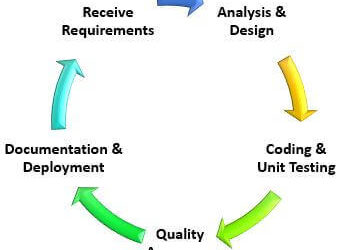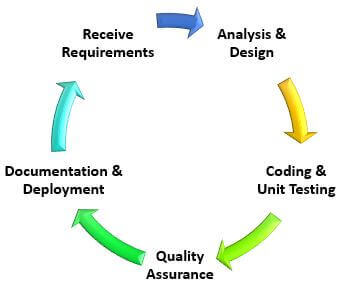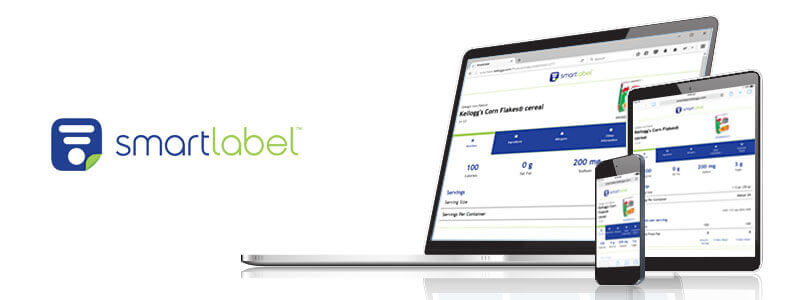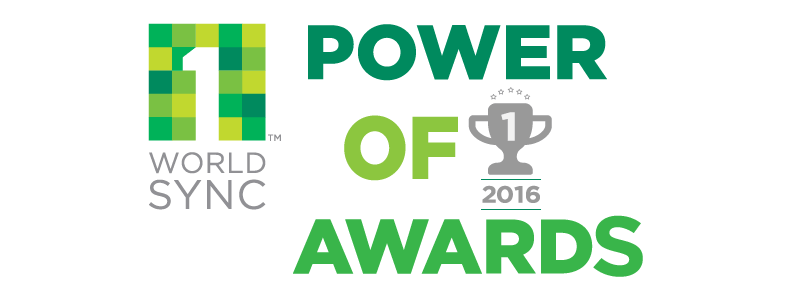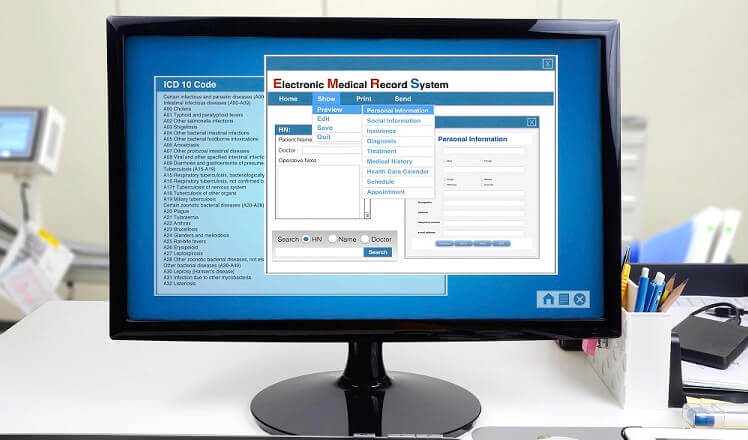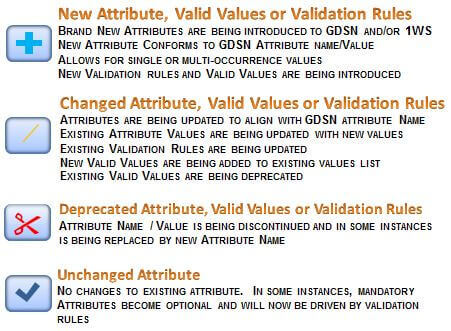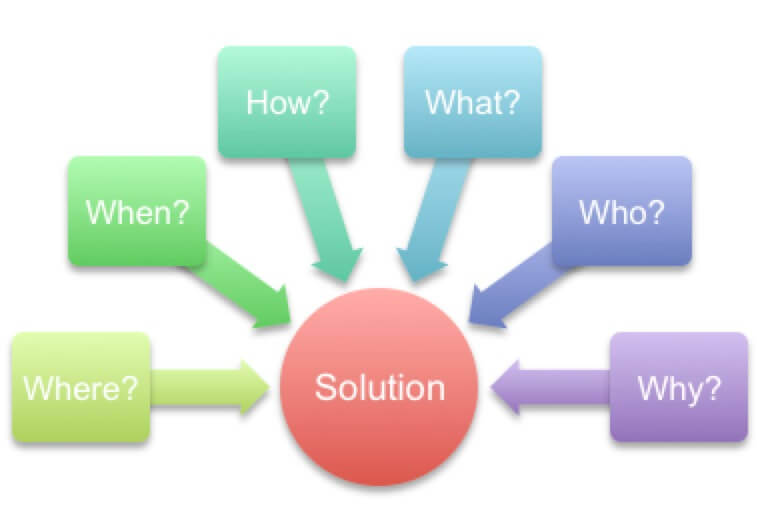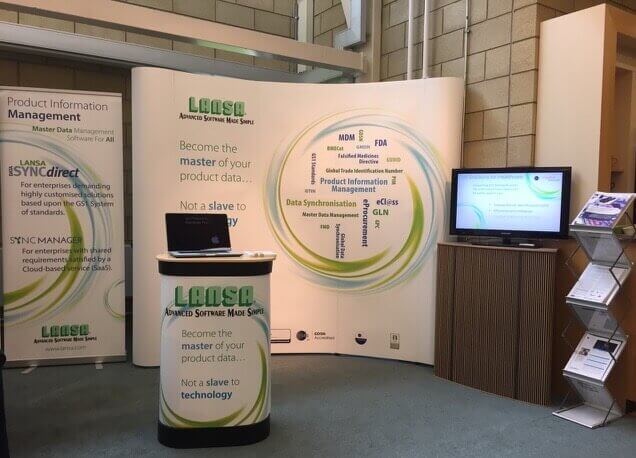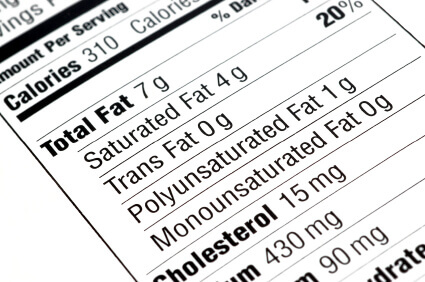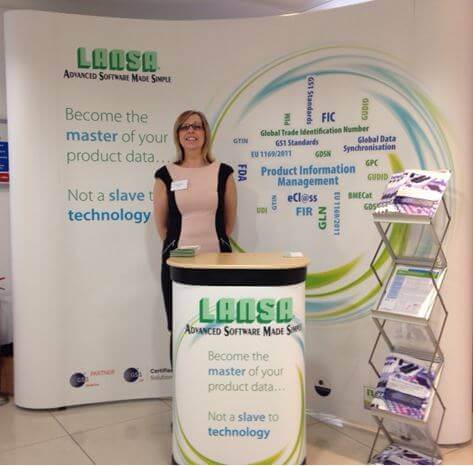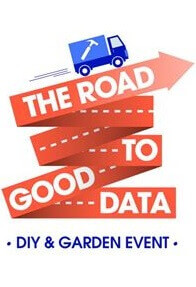LANSA supports GS1 UK and fellow solution partners at eCommerce Expo 2015
From June 2015 eBay sellers have been required to add product identifiers to their listings for a number of selling categories where the items listed are new or manufacturer refurbished. Product identifiers, like the brand name, Manufacturer Part Number (MPN), or Global Trade Item Number (GTIN) make it easier for shoppers to find, compare and purchase products online. Amazon and Rakuten also require that product identifiers are supplied when listing items. Other marketplaces have also recognised the importance of product identifiers to enhance the shopping experience and have either launched or plan to launch initiatives to support unique product identification.
The requirement to provide product identifiers on marketplace sites is having three major effects on traders.
- For those manufacturing and retailing on marketplaces, they must apply valid product identifiers. This has generated a wave of new businesses joining GS1 UK and adopting the GTIN coding system.
- For those listing items that are new or manufacturer refurbished, where the trader is not the original manufacturer, the trader must obtain the original product identifier.
- To accompany product identifiers, traders who wish to be competitive are advised to maintain product attributes with their listings – enabling their products to be located easily online.

GS1 Standards
Each GS1 Solution Partner was able to demonstrate how their particular solutions enable businesses to adopt the ‘Global Language of Business’ that includes standards for Identification, Capture, and Sharing. Traditionally these standards have included:
- The Global Trade Item Number (GTIN)
- RFID (Radio Frequency Identification)
- Electronic Data Interchange (EDI)
- Global Data Synchronization Network (GDSN)
- Electronic Product Code Information Services (EPCIS)
Future standards are also being developed to support:
- Digital Coupons in conjunction with the GSMA
- Mobile barcode scanning in association with the OMA (Open Mobile Alliance)
- GS1 Standards for structuring data on the web
Developing optimum ecommerce strategies
eCommerce Expo is an event dedicated to helping businesses develop their ecommerce strategies – focusing on all areas of ecommerce including marketing, platforms, payments, logistics & delivery, customer service, general ecommerce and Omni channel business operations. If you missed the event you can visit eCommerce Insights for a recap, with all presentations (subject to speaker approval) to be made available for download in the coming days.
A challenge for marketplace traders
Over the past 6-12 months GS1 UK have undertaken studies with their membership and identified that as traders begin to use multiple marketplace sites to list their items, the burden of product data management has become intense. For small and medium sized enterprises (SME’s) the catalog management system of choice is the Spreadsheet, however this method of item management has become unsustainable due to the amount of product attributes that must be managed and the different listing requirements of the marketplace platforms.
See my other articles entitled ‘What’s wrong with the spreadsheet PIM – Part 1 & Part 2’ which explore the limitations of using a spreadsheet for Product Information Management (PIM).
At eCommerce Expo LANSA was demonstrating the use of Automatic Identification and Capture (AIDC) technology using the GS1 coding system. And, how the use of the GTIN is used to catalog item data and its associated product attributes to manage listings on marketplace websites like eBay and Amazon.
A solution for marketplaces
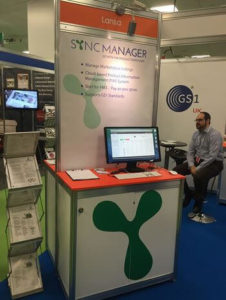
- Utilise the GS1 system of unique item identification (GTIN)
- Manage and enrich product item attributes and digital assets
- Pre-validate listings against marketplace requirements
- Manage the listing, revision and de-listing of items to marketplace sites like eBay and Amazon
By using such a system, marketplace traders are able to avoid the limitations of the spreadsheet, becoming more efficient and productive, ultimately reducing their bottom line cost and improving top line performance.
LANSA is working with GS1 UK as part of the Solution Provider program to deliver these services to the GS1 membership in the near future. Those who attended the event were able to get an early glimpse of what LANSA is developing to support marketplace traders, and I’m pleased to report from the field that that the feedback we received from event delegates was very positive indeed.





